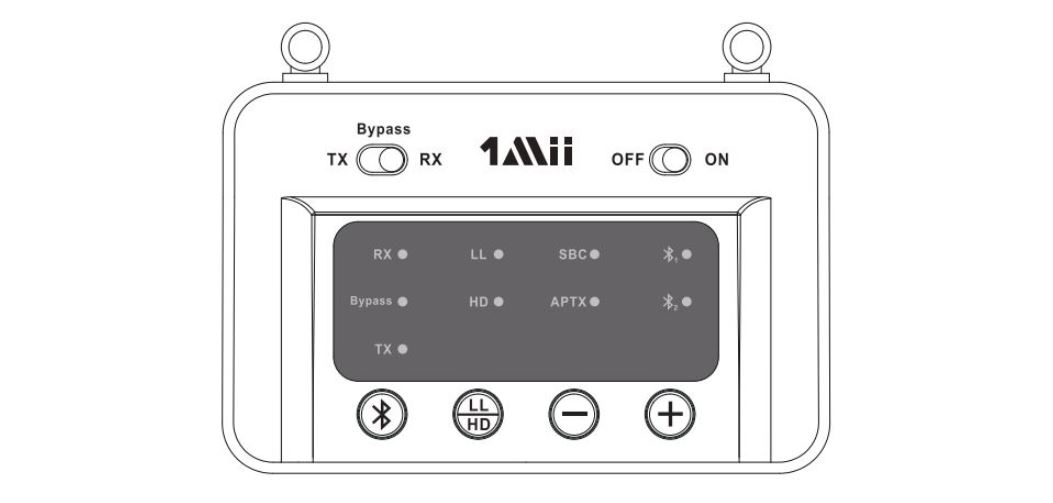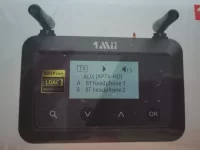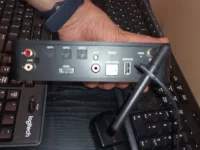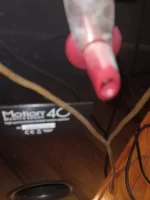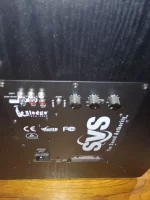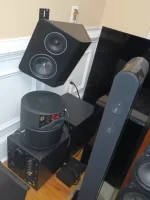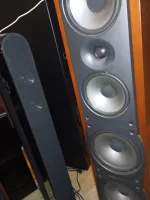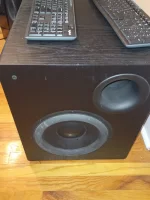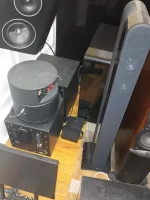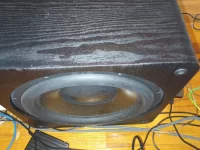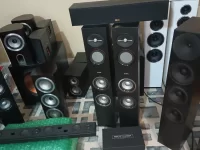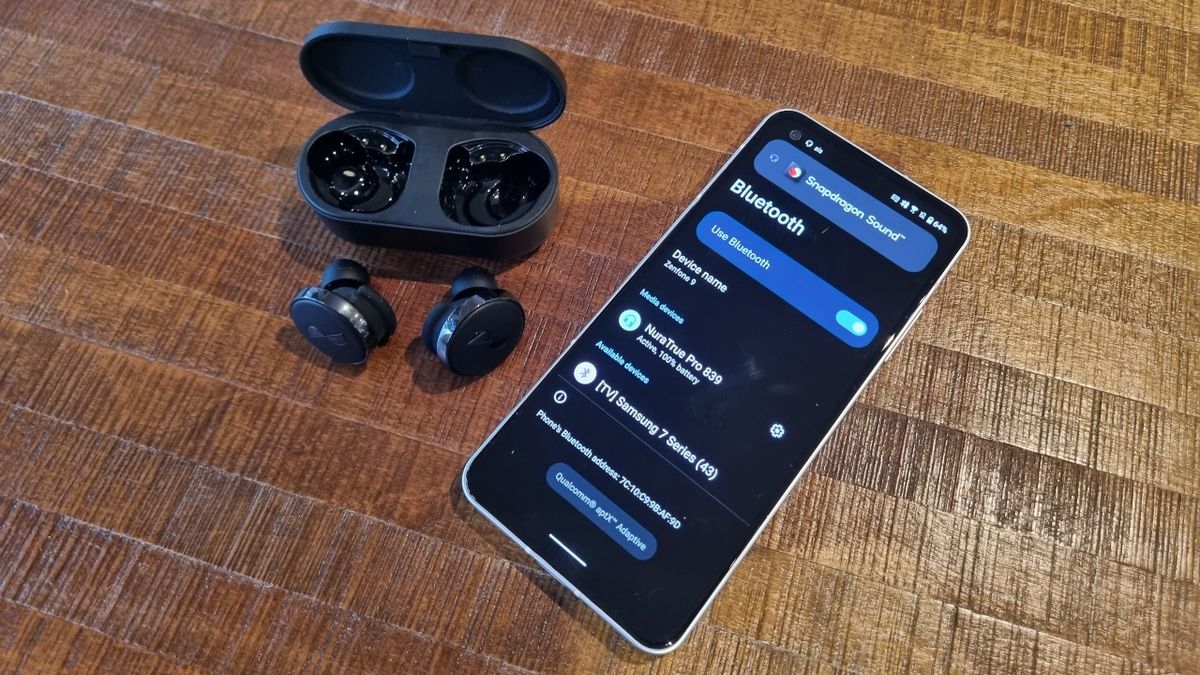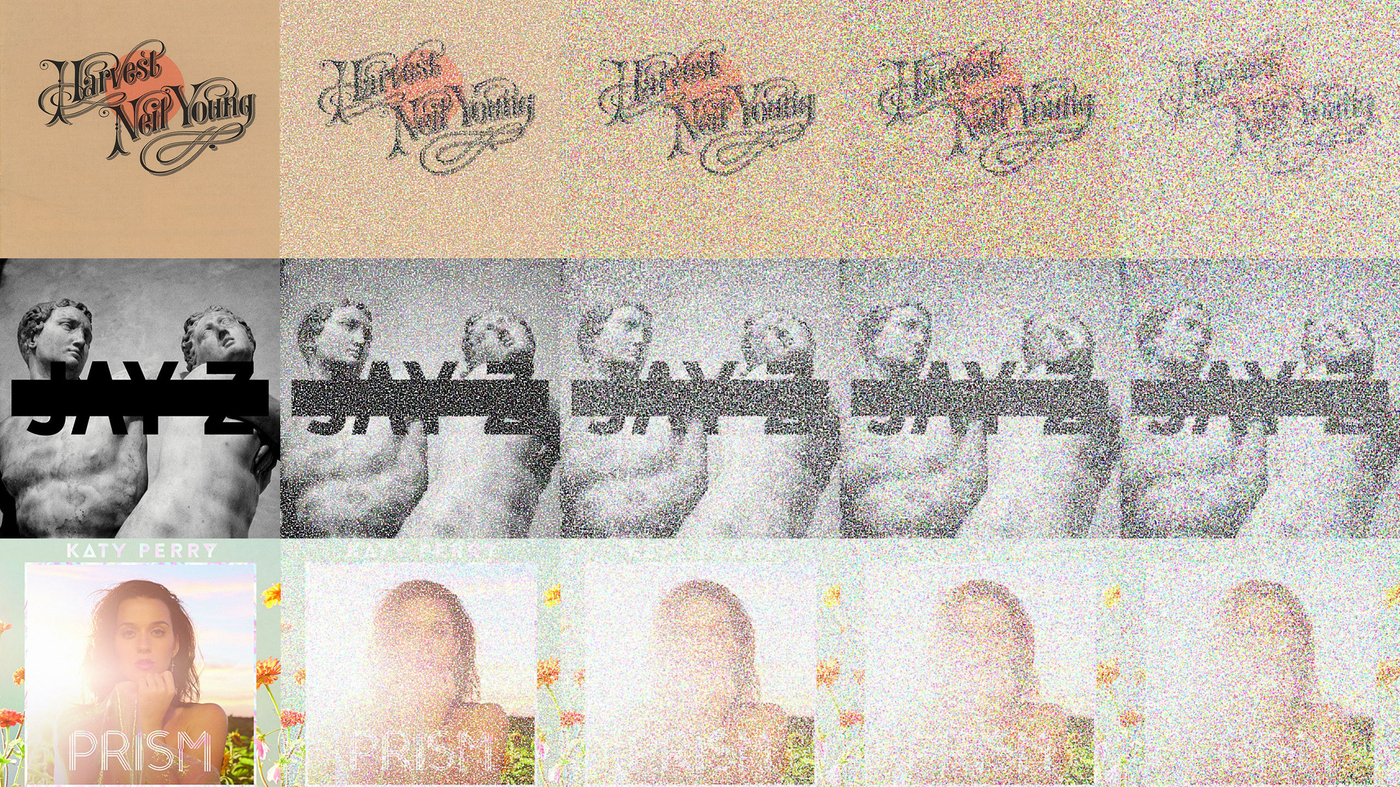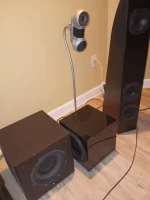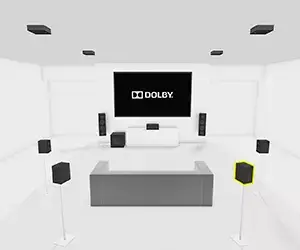I was lectured by "experts ' on this forum about how great Atmos sounds in Lucid compared to a Bluetooth stream on Tesla or Lucid. I complained about the bass "lacking something." I stated Tesla sounded better since I am new to Lucid. I might be wrong. My Tesla S sounds better than MY Lucid since I suspect those two 8-inch speakers buried under the footwell do not work. Once I reset the Lucid, I can compare again. None of the experts suggested that could be the problem. All the experts told me how Lucid is made for Atmos, Master audio, etc., and my untrained ears cannot tell the wonders of uncompressed music.
I hate to bring it up, but I have bad news: The Atmos on Tidal is a compressed format, 782k, DD+ JOC, just like the compressed AAC. AAC Bluetooth codec is better than Dolby AC3. So Dolby Atmos on Tidal would not make the car sound better in terms of resolution compared to an AAC stream. However, it will sound better to envelop the listener since it is multi-channel vs. stereo.
TIDAL uses a 768 kb/s bit rate for the DD+ with Atmos streaming. -NOT Dolby True HD with Atmos. Yep, you've been listening to compressed Dolby Atmos all this time. The Atmos bit rate on Tidal is lower than on CD audio
The stereo tracks on Tidal are Master Audio, indeed.
There are audio quality differences between lossy (streaming DD+ JOC) and lossless (Dolby TrueHD with Atmos on Blu-ray).
I even noticed somebody copied and pasted from one of those magazines reviewing 100k tube amps and 500k speakers, stating that Tesla bass is designed to cover"poor recordings."
Tesla bass is designed to play a lot harder when customers want to listen at loud levels.
Suppose you know Hi-fi as well as I do. In that case, you'd know that a subwoofer that handles a lot of power and goes very low in the frequency domain can also be adjusted for less bass through tone controls, according to the owner's taste; At Lower volumes, high-performance subs will have less distortion than a tiny low-diameter subwoofer, like the one in Lucid, in a sealed design. It is not too bad, but I think if it had a vented design and a higher diameter, it would go lower and have more authority.
I have about ten different subwoofers at home, and I can tell the difference between different designs. I have all kinds of speakers. I drove many cars and listened to their sound systems. I have a Mini ME DSP P-15 unopened, I will test it soon.
Mr. BunnyLebowski, with all due respect, my name is not " dude." It is straightforward to figure out that the subwoofer's enclosure is small just by looking at it without measuring the cubic feet. When you pop up the Lucid's back trunk, you see the subwoofer enclosure. That is regarding one of your comments.
I never mentioned I was listening to Tidal through Bluetooth. I mentioned Bluetooth, and that was for electronic music on di.FM, which does not mean that I could not use the car app for Tidal.
When I mentioned limiters, this is what I meant. The Lucid DSP will use limiters when sending the bass to the subwoofer to prevent over-excursion. It might even use a high pass filter at 25 HZ since the Lucid sub is so feeble. If I want to add a better sub, I have to pull the signal from the existing Lucid sub and use a high-level to the low-level adaptor, then an amp.
I wish DSP did not alter the low-frequency signal I am pulling; pure bass, like an LFE out, would have been better.
I have a friend in Canada, a music composer; he stated that the differences between 48k, 96k, and 192k are present but very subtle. Same with different compression codecs at high bit rates, So efficient compression at high bit rates through Bluetooth would not ruin the bass, as so many people on this forum stated. Small anemic subwoofers will ruin the bass, not high-efficiency advanced compression codecs.
Most compression artifacts occur in the high-frequency domain.
- AAC-LC 320kbps 44.1kHz Stereo, for example, is more than perfect for reproducing bass between 20-120 Hz, almost identical to the original.

en.wikipedia.org
While all the experts blamed the problem I had in my car on Bluetooth compression, none of you figured out the real problem..-the 8-inch footwell speakers not working.
Using the test tone generator, I also noted a significant drop under 40 Hz. So maybe Lucid will sound better than Tesla after the reset.
Buy 1 Mii, do a blind test between different codecs, and see how much difference you can perceive.
I am posting some pictures of the speakers I have tried lately. Thank you to experts on this forum for teaching the wonders of Hi-fi to my ignorant, untrained ears and lecturing me about the bass response in subwoofers in relationship to the compression algorithms


